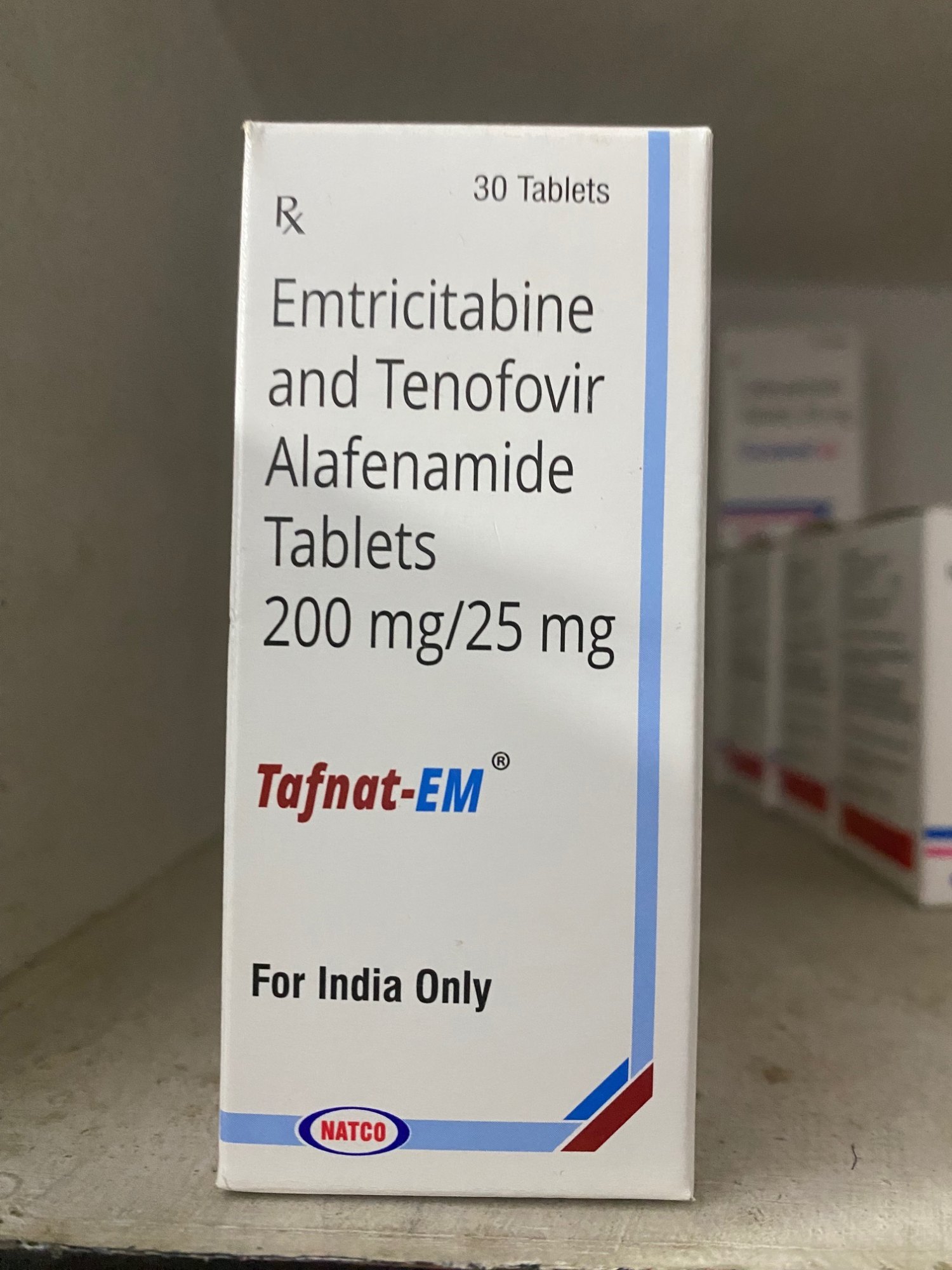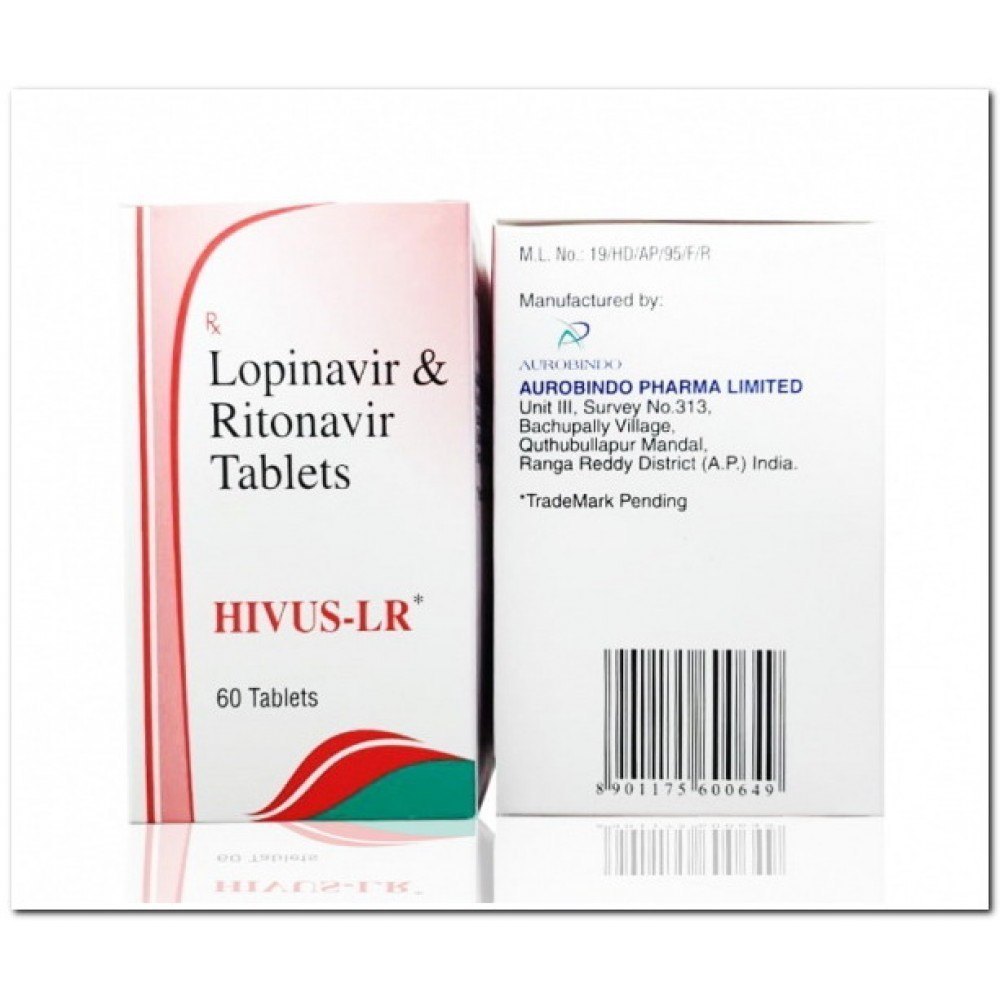Tafnat em is a medication that consists of a combination of Emtricitabine and Tenofovir disoproxil fumarate. This combination is commonly used for the treatment of HIV-1 infection and can also be part of pre-exposure prophylaxis (PrEP) for individuals at high risk of HIV infection.
Components:
- Emtricitabine
- Class: Nucleoside Reverse Transcriptase Inhibitor (NRTI)
- Mechanism of Action: Emtricitabine works by inhibiting the reverse transcriptase enzyme, thereby preventing the conversion of viral RNA into DNA, which is essential for HIV replication. It mimics the nucleosides that are used to build viral DNA.
- Tenofovir Disoproxil Fumarate
- Class: Nucleoside Reverse Transcriptase Inhibitor (NRTI)
- Mechanism of Action: Tenofovir disoproxil fumarate also inhibits reverse transcriptase, similar to Emtricitabine. It integrates into the viral DNA, causing chain termination and preventing the virus from replicating effectively.
Uses:
- HIV Treatment: Tafnat em is used as part of a combination antiretroviral therapy for the treatment of HIV-1 infection.
- Pre-Exposure Prophylaxis (PrEP): It may also be prescribed for PrEP to reduce the risk of HIV infection in high-risk individuals.
Side Effects:
Common side effects may include:
- Nausea
- Diarrhea
- Fatigue
- Headache
- Abdominal pain
- Skin rash
Serious side effects can include:
- Potential kidney problems (monitoring of kidney function may be necessary)
- Liver issues
- Bone density loss over long-term use
Recommendations:
- Regular Monitoring: Patients on Tafnat em should have regular follow-ups with their healthcare provider to monitor kidney function, liver function, and overall health.
- Adherence: It’s crucial to take the medication as prescribed to ensure maximum effectiveness and reduce the risk of developing drug resistance.
As always, consult your healthcare provider for detailed information about Tafnat em, its use, potential side effects, and monitoring requirements specific to your health condition.
Mechanism of action
1. Emtricitabine:
- Class: Nucleoside Reverse Transcriptase Inhibitor (NRTI)
- Mechanism of Action:
- Emtricitabine is a synthetic nucleoside analog of cytidine.
- It gets incorporated into the growing viral DNA chain during the reverse transcription process (the conversion of viral RNA into DNA).
- Once incorporated, it causes chain termination because it lacks the functional group necessary for adding subsequent nucleotides, effectively stopping the replication of the virus.
- By inhibiting the reverse transcriptase enzyme, Emtricitabine blocks the replication of HIV and reduces the viral load.
2. Tenofovir Disoproxil Fumarate:
- Class: Nucleoside Reverse Transcriptase Inhibitor (NRTI)
- Mechanism of Action:
- Tenofovir disoproxil fumarate is a prodrug of tenofovir, which is an acyclic nucleotide analog.
- As it is activated in the body, Tenofovir is incorporated into the viral DNA during the reverse transcription process.
- Similar to Emtricitabine, the incorporation of Tenofovir into the DNA strand leads to chain termination.
- Additionally, Tenofovir has a dual mechanism: it helps to inhibit reverse transcriptase and can also prevent the replication of both HIV and hepatitis B virus.
Overall Effect:
By combining Emtricitabine and Tenofovir disoproxil fumarate, Tafnat effectively inhibits two critical enzymes involved in HIV replication. This combined action helps to suppress the viral load in HIV-infected individuals, leading to improved immune function and overall health.
Combination Therapy:
Using a combination of different types of antiretroviral medications is a standard approach in HIV treatment. This strategy reduces the risk of drug resistance and improves treatment efficacy.




Reviews
There are no reviews yet.